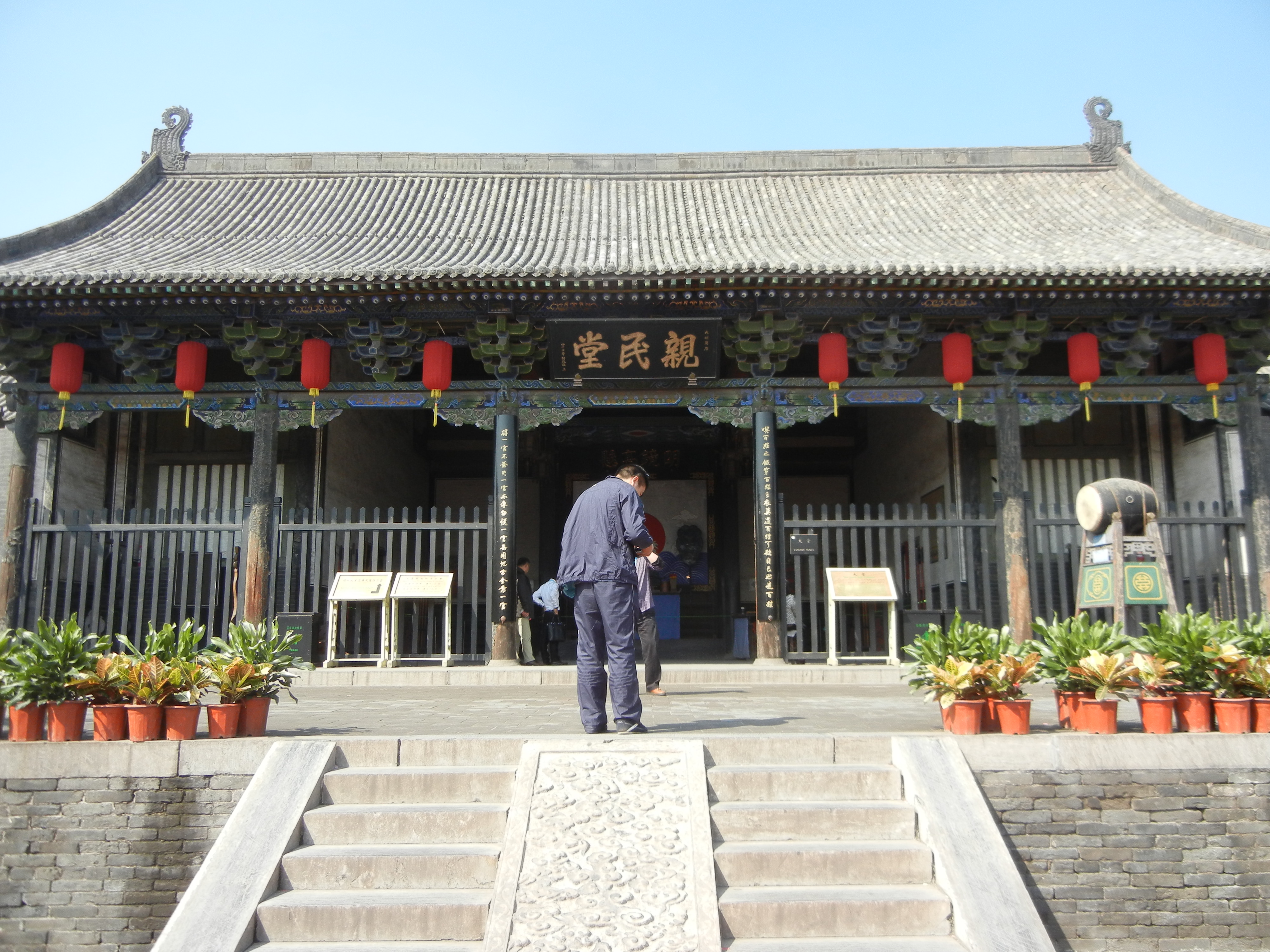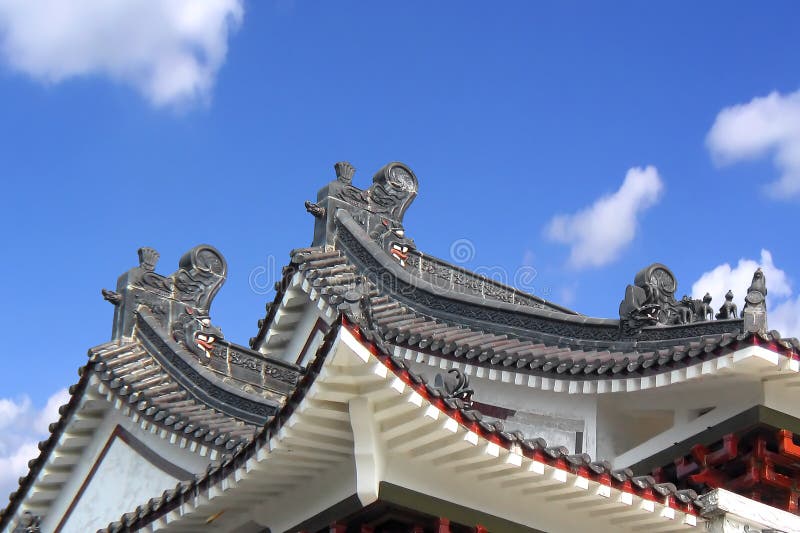

This intricate timber framework - assembled entirely without the use of nails - perfectly distributed the weight of the roof, allowing the builders to install non-load bearing “curtain” walls, a method that produced remarkably stable structures capable of withstanding even severe earthquakes. Liang believed the essential nature of Chinese architecture lay in the ingenious post-and-beam scaffolding system that had been used by Chinese builders, with minor variations, for thousands of years. I recommend it to anyone who is interested in learning more about the development of Chinese architecture over the past 2,000 years. The resulting manuscript, a collection of photos, monographs, and diagrams, is available today as A Pictorial History of Chinese Architecture. Throughout the 1930s, he and his colleague and wife Lin Huiyin travelled around northern China documenting outstanding specimens of Chinese building, believing that in the political climate such structures were soon to face damage or destruction (they were right). Indeed, this makes it possible to invoke “traditional Chinese architecture” as a meaningful concept, unlike, say, “traditional American architecture.” (Think of how many types of buildings this could possible refer to!) The great architectural historian Liang Sicheng, a major player in this story and a generally tragic figure, was one of the first to undertake a systematic study of traditional Chinese building methods. Perhaps the most salient feature of Chinese architecture is how little it had changed up until the 20 th century.

This proposed method was implemented by utilizing CityGML (City Geography Markup Language) via the ADE (Application Domain Extension) mechanism and was tested by modeling the principal buildings included in the Palace Museum.Liang Sicheng’s drawing of “principal parts of a Chinese building”

The assembly validity of the decomposed elements and the combined diversity of the integrated entities are ensured by topological constraints and derived transformations of the semantic components.

The structural level reveals the basic components that determine its structural shape, and the decorative level refers to the attached components that influence the exterior appearance. In this method, a two-level semantic decomposition of the roof is presented according to the characteristics of ancient Chinese-style architecture.
Chinese roofs professional#
To avoid cumbersome traditional modeling approaches that use geometry units, such as points, lines and triangles, a flexible semantic method is proposed in this study to improve modeling efficiency and reduce the professional requirements. Because the roof form reflects the age of the structure, the structural character and the historical culture of the ancient building, constructing a refined model for the roof is a primary aspect of the 3D modeling procedure. Ancient Chinese-style architecture has received increased attention during the last century as a segment of cultural heritage and is of great significance, specifically in regard to the process of digitizing and modeling these buildings to preserve and protect this heritage.


 0 kommentar(er)
0 kommentar(er)
